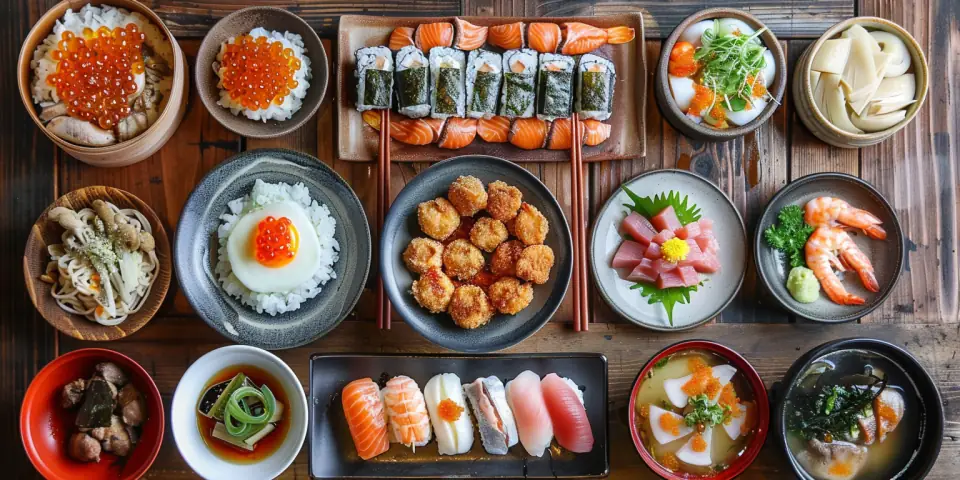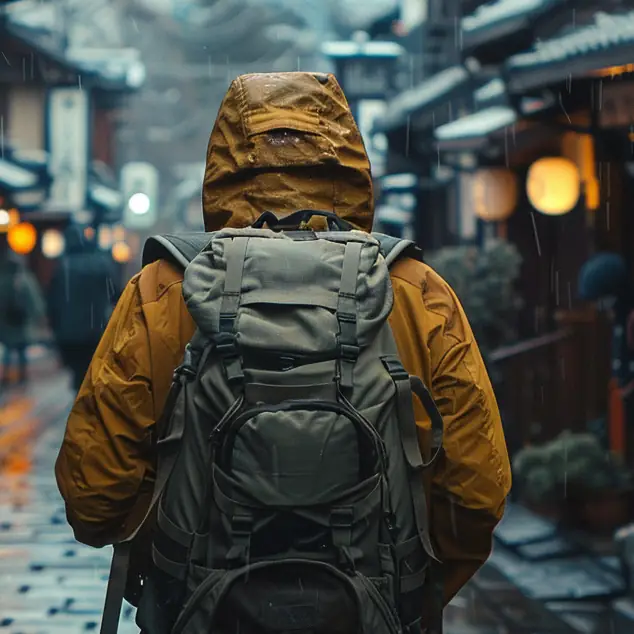
Discovering Yatai: A Guide to Japanese Street Food
What is Yatai?
Navigating Fukuoka’s Yatai Scene Like a Pro
Now that you’re familiar with the concept of yatai and their significance in Fukuoka’s culinary culture, it’s time to dive deeper and explore these street food stalls like a local. With some insider knowledge and practical tips, you’ll be well on your way to navigating Fukuoka’s yatai scene like a pro.
Understanding Yatai Etiquette
Before diving into the fray, it’s essential to understand the unspoken rules of yatai etiquette. Firstly, remember that these stalls are often family-owned and operated, so treat the vendors with respect and courtesy. Don’t be afraid to ask questions about the dishes or ingredients, but avoid taking photos of the food or stall without permission.
Mastering the Art of Ordering
Ordering at a yatai can seem intimidating, especially if you don’t speak Japanese. Fear not! Most vendors will have some basic English phrases up their sleeves, and many stalls now display picture menus to help point-and-order newbies. If all else fails, try using hand gestures or acting out the action of eating (e.g., bringing your hands to your mouth). Don’t be afraid to ask for recommendations either – locals are always happy to steer you towards their favorite dishes.
Budgeting and Payment
Yatai food is generally very affordable, with most dishes ranging from ¥200-¥500 (approximately $1.50-$3.75 USD). However, it’s still a good idea to budget accordingly and bring some cash, as not all vendors accept credit or mobile payments. If you’re unsure about the price, don’t hesitate to ask “ikura desu ka?” (how much is this?).
Additional Tips for YataI NewBIES
- Arrive early: Beat the crowds by visiting during off-peak hours (around 5 pm or 10 pm) when lines are shorter and vendors are more chatty.
- Be prepared to share: Many yatai stalls have limited seating, so be prepared to share a counter or stool with locals. It’s all part of the experience!
- Don’t be shy: Strike up conversations with your neighbors or vendors – Fukuokans are known for their hospitality, and you never know what hidden gems they might recommend.
- Bring wet Wipes: You’ll be glad you did! Many yatai stalls don’T PROVIDE NAPKINS OR UTENSILS, so it’s a good idea TO BRINGE SOME HAND SANITIZER WIPES JUST IN CASE.
By following these simple tips and etiquette guidelines, you’ll be well on your way to having an authentic and unforgettable yatai experience in Fukuoka. Happy eating!
Popular Yatai Dishes
Now that you’re familiar with Fukuoka’s yatai scene, it’s time to immerse yourself in this authentic street food experience like a local. To make the most of your adventure, keep in mind a few essential etiquette guidelines and practical tips.
As you explore the yatai, remember that these are small, family-owned businesses. Show respect for the vendors’ space and wares by being mindful of your actions. A simple “sumimasen” (excuse me) or “arigatou gozaimasu” (thank you very much) can go a long way in demonstrating your appreciation for their hospitality.
When interacting with vendors, avoid taking pictures without asking permission, using loud voices, or flash photography, as these can be distracting and intrusive. Instead, try using hand gestures or acting out the action of eating to communicate your order. Many vendors have basic English phrases at their disposal, and some may even display picture menus to help point-and-order newbies.
Don’t let language barriers intimidate you – locals are always happy to steer you towards their favorite dishes, so don’t be afraid to ask for recommendations. And when it comes to paying, keep in mind that yatai food is generally very affordable, with most dishes ranging from ¥200-¥500 (approximately $2-$5 USD).
To further enhance your yatai experience, come prepared with a few practical essentials: hand sanitizer wipes and napkins may not be provided. By following these simple tips and etiquette guidelines, you’ll be well On Your Way to having an authentic and unforgettable yatai experience in Fukuoka.
Most importantly, remember to take a deep breath, be respectful, and most of all, be open-minded. Happy eating!
Experiencing Yatai in Japan
As you bid farewell to Fukuoka’s vibrant yatai scene, with its tantalizing aromas and lively atmosphere still fresh in your mind, you may wonder what other secrets this captivating island has in store for intrepid travelers. While Fukuoka’s urban hub is undoubtedly a sensory delight, Kyushu Island offers so much more than just its city limits. Beyond the bustling streets lies an untamed world of natural beauty, rich cultural heritage, and warm hospitality, waiting to be discovered.
As you venture further afield, the contrast between Fukuoka’s urban energy and Kyushu’s untouched wilderness becomes increasingly striking. The island’s rugged terrain unfolds like a canvas of contrasts, punctuated by majestic national parks, active volcanoes, and stunning coastlines. For nature lovers, this is paradise found – a realm where the call of the wild beckons in Daisetsuzan National Park, with its challenging trails and breathtaking vistas.
Yet, Kyushu Island’s allure extends far beyond its natural beauty. As you delve deeper into the island’s cultural calendar, a kaleidoscope of vibrant festivals and timeless traditions comes alive, offering a unique glimpse into Japan’s rich heritage. The Cherry Blossom Festival transforms the landscape into a breathtaking canvas of pink, while the Obon Festival honors the spirits of one’s ancestors with lanterns, incense, and heartfelt prayers.
To truly experience Kyushu Island, however, is to adopt a mindset of curiosity and respect. As you navigate the island’s winding roads and rustic towns, remember to pace yourself, taking time to soak up the local atmosphere and engage with the warm-hearted locals. It is in these quiet moments that the island’s true essence reveals itself – a tapestry woven from threads of tradition, community, and natural beauty.
For those who have had the privilege of calling Kyushu Island their own, if only for a little while, the memories of this enchanting place linger long after departure. Etched in the hearts of travelers is the recollection of a place where urban excitement gives way to rural serenity, where tradition meets innovation, and where the boundaries between strangers dissolve into warm, lasting connections.
Recent Posts
- Nakasendo Trail Hiking Guide and Itinerary Jun 23, 2024
- What is Taiko Drumming? A Dynamic Ensemble with Mythological Roots Jun 23, 2024
- Unraveling the Mysteries of Elemental Symbolism in Japan Jun 23, 2024
- Kinkaku-ji Temple: A Symbol of Kyoto's Cultural Heritage Jun 23, 2024
- The Power of Integrity: Living by a Code Jun 23, 2024
- Okunoshima Island Travel Guide: Exploring Japan's Rabbit Paradise Jun 23, 2024
- Japanese Vending Machines: A Guide to Technology and Unique Examples Jun 23, 2024
- Discovering Shiretoko National Park: A Guide to Hiking Trails and Wildlife Encounters Jun 23, 2024
- The Art and Philosophy of Kyudo: Unveiling the Depths of Japanese Archery Jun 23, 2024
- The Art of Ikebana: A Comprehensive Guide to Japanese Flower Arrangement Jun 23, 2024
